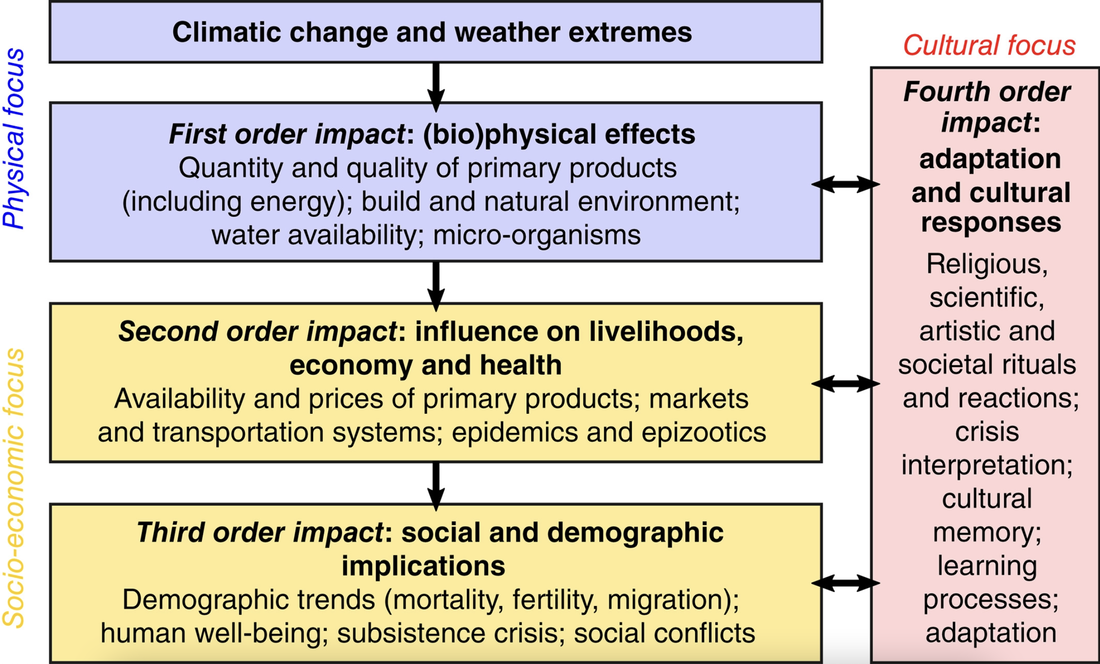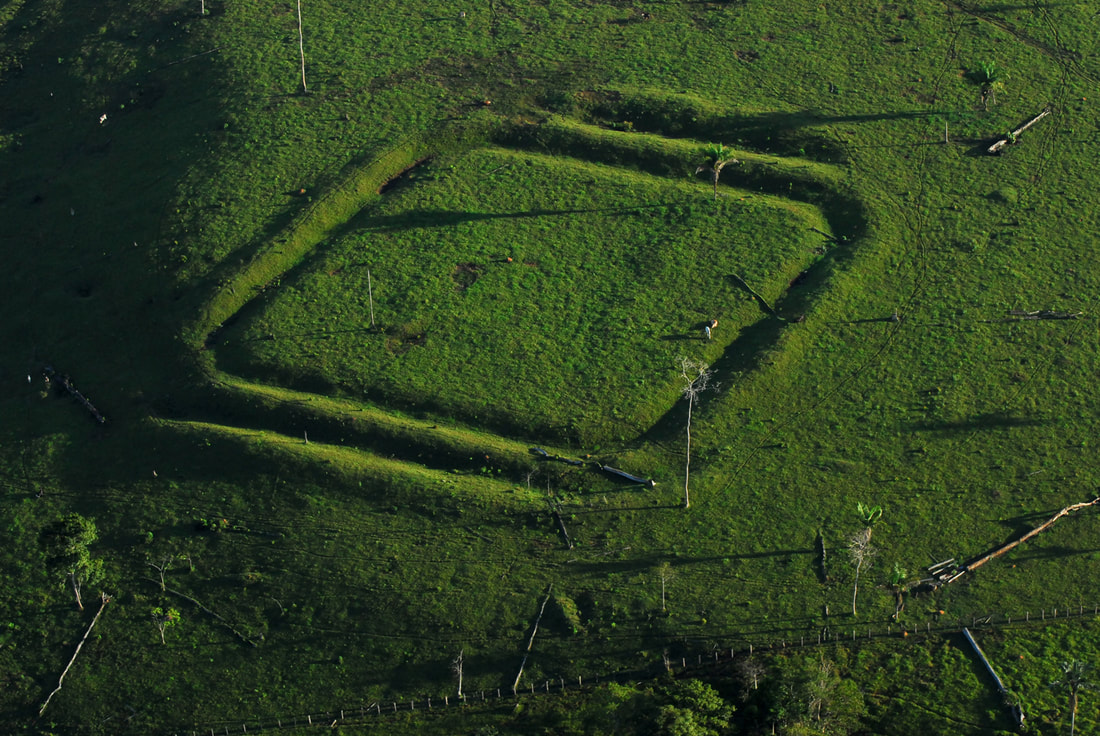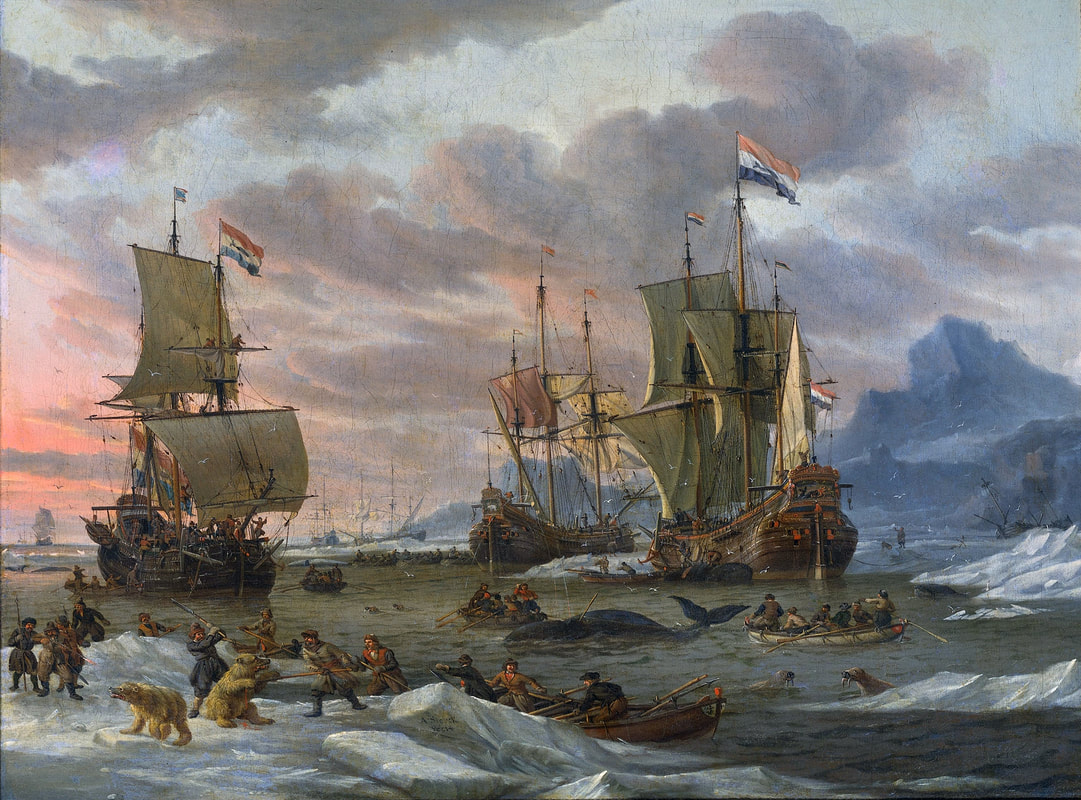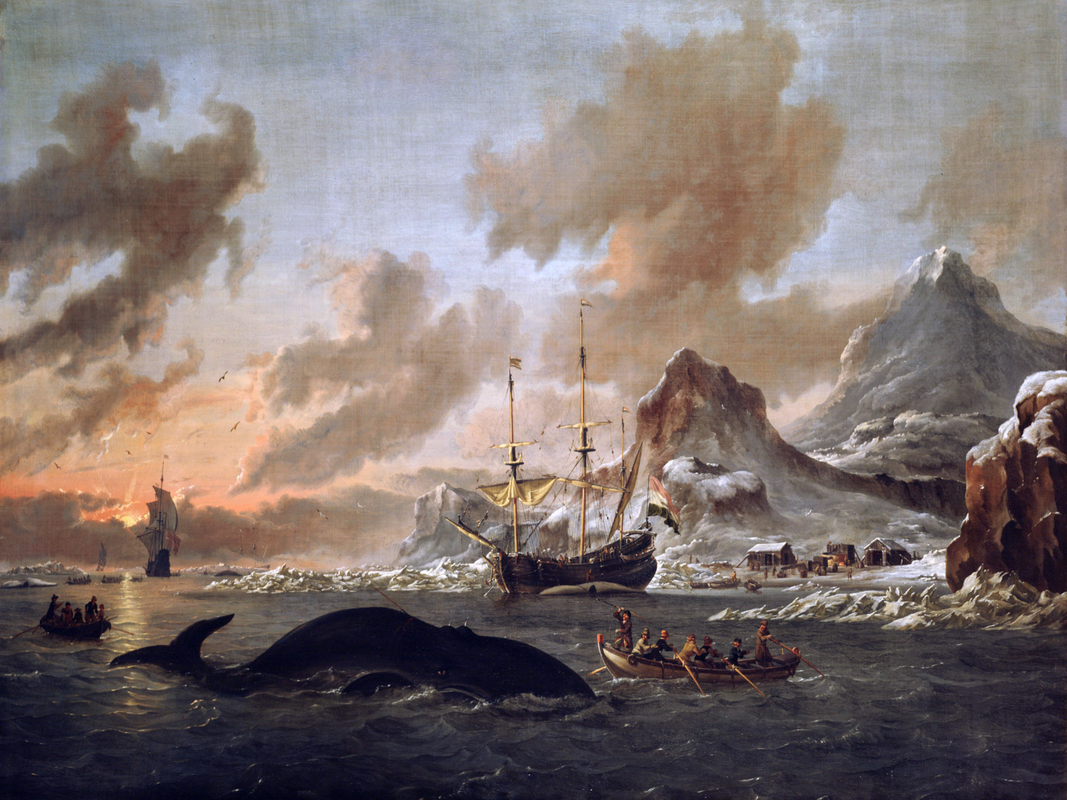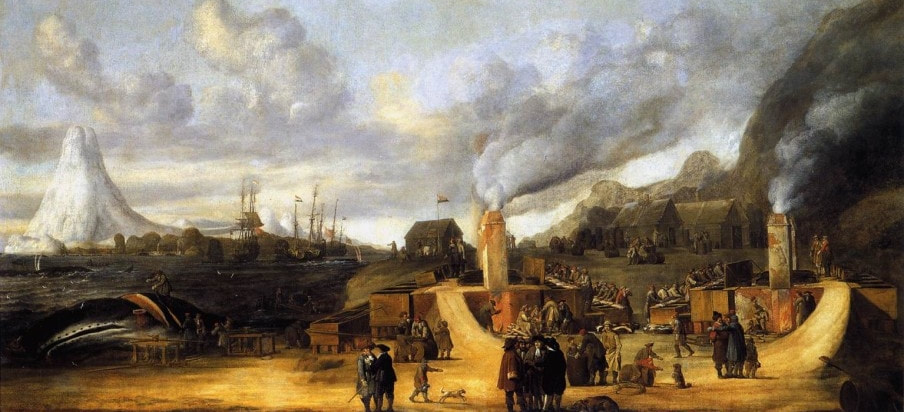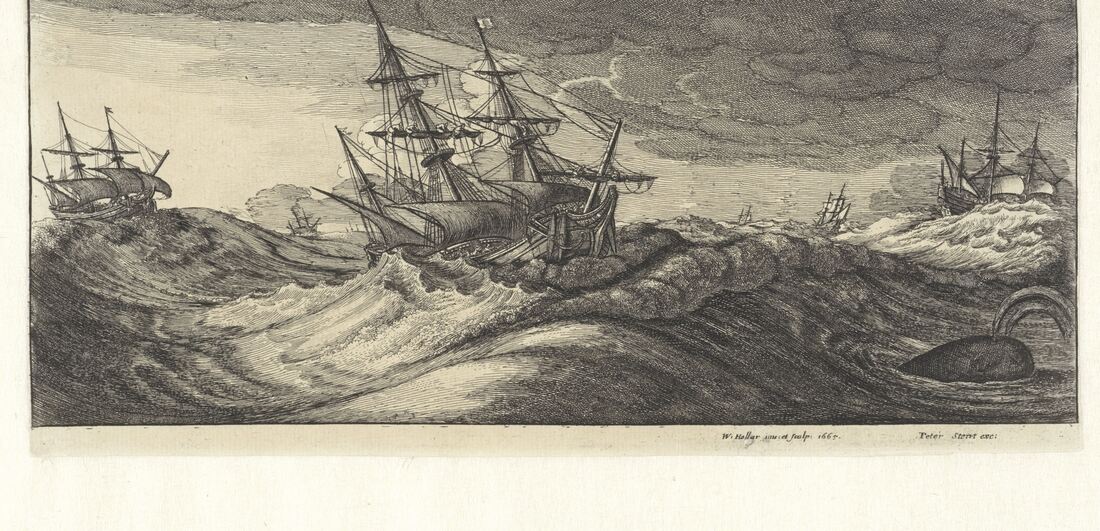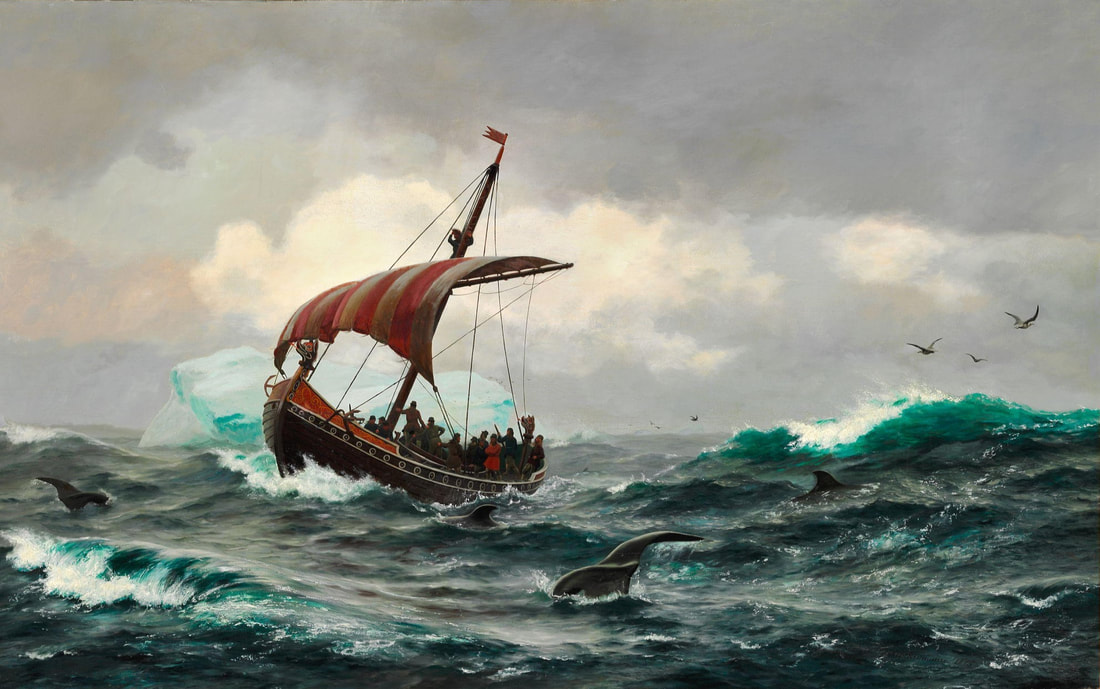October 6, 2022
The above figure is an updated version of the Impact-Order Model, which we've discussed in class.
We will get into three groups. Each group will use the updated model to identify cultural responses to climate change in paintings from the Dutch Golden Age of the seventeenth century. Landscape paintings developed in the sixteenth-century Low Countries - which eventually included the Dutch Republic - were among the first to realistically depict scenes of everyday life. They therefore provide a unique resource for understanding how populations responded to the Little Ice Age, which entered its chilliest stretch in western Europe during the seventeenth century. In the Dutch Republic, cooling accompanied an increase in storm frequency and precipitation extremes, as well as more frequent periods where winds blew from the east, away from the Dutch Republic. This shift in wind direction repeatedly gave an advantage to Dutch fleets sailing into battle with hostile English and French flotillas.
The paintings you will look at are from a recent exhibit put on by the National Gallery of Art here in Washington, DC. You can find them here. Please scroll down a little to find the paintings.
Please choose three paintings to examine. Remember to identify cultural responses by using the above model. Feel free to be creative, and to bring in ideas from readings we've discussed in previous weeks. Prepare a short presentation to give to the class.
When you're done, you'll come to the front of the class. You will show off each painting you decided to study, and then explain - using the model - how these paintings could reveal cultural responses to climate change. Each presentation should take around 5-10 minutes.
We will get into three groups. Each group will use the updated model to identify cultural responses to climate change in paintings from the Dutch Golden Age of the seventeenth century. Landscape paintings developed in the sixteenth-century Low Countries - which eventually included the Dutch Republic - were among the first to realistically depict scenes of everyday life. They therefore provide a unique resource for understanding how populations responded to the Little Ice Age, which entered its chilliest stretch in western Europe during the seventeenth century. In the Dutch Republic, cooling accompanied an increase in storm frequency and precipitation extremes, as well as more frequent periods where winds blew from the east, away from the Dutch Republic. This shift in wind direction repeatedly gave an advantage to Dutch fleets sailing into battle with hostile English and French flotillas.
The paintings you will look at are from a recent exhibit put on by the National Gallery of Art here in Washington, DC. You can find them here. Please scroll down a little to find the paintings.
Please choose three paintings to examine. Remember to identify cultural responses by using the above model. Feel free to be creative, and to bring in ideas from readings we've discussed in previous weeks. Prepare a short presentation to give to the class.
When you're done, you'll come to the front of the class. You will show off each painting you decided to study, and then explain - using the model - how these paintings could reveal cultural responses to climate change. Each presentation should take around 5-10 minutes.
September 27, 2022
Each group will find four examples of resilience and adaptation in our readings.
For each example, your group will identify:
1. The society or community affected.
2. The time and the place.
3. The climatic trend or anomaly involved, including what caused it.
4. How the society or community you identified was able to be resilient or adaptive.
5. Whether your society or community shared a strategy for resilience or adaptation that was common to other populations.
Prepare a short presentation. We will reconvene in around 30 minutes, depending on how it’s going.
For each example, your group will identify:
1. The society or community affected.
2. The time and the place.
3. The climatic trend or anomaly involved, including what caused it.
4. How the society or community you identified was able to be resilient or adaptive.
5. Whether your society or community shared a strategy for resilience or adaptation that was common to other populations.
Prepare a short presentation. We will reconvene in around 30 minutes, depending on how it’s going.
September 20, 2022
The "Greenland Fishery" unfolded in three stages. During each, the potential for conflict between whalers, whaling companies, and whales was transformed - and so was the relationship between conflict and climate change.
Group 1: The First Stage
Group 1: The First Stage
Carefully study the above image. Tell us:
1. When and where did the first stage of the Greenland Fishery unfold?
2. What was whaling like in this first stage?
3. How did the regional climate change in the first stage?
4. How did this climate change influence conflict in the first stage?
5. How did animal behavior shape the possibilities for, and consequences of, conflict between whalers?
Group 2: The Second Stage
1. When and where did the first stage of the Greenland Fishery unfold?
2. What was whaling like in this first stage?
3. How did the regional climate change in the first stage?
4. How did this climate change influence conflict in the first stage?
5. How did animal behavior shape the possibilities for, and consequences of, conflict between whalers?
Group 2: The Second Stage
Carefully study the above image. Tell us:
1. When and where did the second stage of the Greenland Fishery unfold?
2. What was whaling like in this second stage?
3. How did the regional climate change in the second stage?
4. How did this climate change influence conflict in the second stage?
5. How did animal behavior shape the possibilities for, and consequences of, conflict between whalers?
Group 3: The Third Stage
1. When and where did the second stage of the Greenland Fishery unfold?
2. What was whaling like in this second stage?
3. How did the regional climate change in the second stage?
4. How did this climate change influence conflict in the second stage?
5. How did animal behavior shape the possibilities for, and consequences of, conflict between whalers?
Group 3: The Third Stage
Carefully study the above image. Tell us:
1. When and where did the second stage of the Greenland Fishery unfold?
2. What was whaling like in this second stage?
3. How did the regional climate change in the second stage?
4. How did this climate change influence conflict in the second stage?
5. How did animal behavior shape the possibilities for, and consequences of, conflict between whalers?
1. When and where did the second stage of the Greenland Fishery unfold?
2. What was whaling like in this second stage?
3. How did the regional climate change in the second stage?
4. How did this climate change influence conflict in the second stage?
5. How did animal behavior shape the possibilities for, and consequences of, conflict between whalers?
September 8, 2022
Group 1: Climate Change in Greenland
First, let’s think about the climatic context in which the Norse initially colonized the Arctic, then disappeared from North America and Greenland. Use any of the resources in our Ship Logbooks page - such as NOAA's Paleoclimatology Data Map - and see if you can find a climate reconstruction that sheds light on climate change in the Arctic during the Norse expansion and decline.
Now, consider the descriptions of local and regional environmental responses to climatic trends in your readings. Briefly explain how some environments around Greenland would have responded to the trends you’ve uncovered.
Group 2: The Vulnerability of Norse Settlers
That’s the environmental context. Now let’s think about the links between environmental and societal change. Draw from your readings and find examples of Norse vulnerability in the face of climate change, especially in (but not necessarily limited to) Greenland. Be as detailed as you can be, and explain our evidence (documentary, archaeological, paleoclimatic) for these sources of vulnerability.
Group 3: The Resilience of Norse Settlers
Finally, consider examples of Norse resilience and adaptation in the face of climate change, again drawing from your readings and providing evidence.
Groups 2 and 3: use definitions provided by the Intergovernmental Panel on Climate Change (IPCC) for vulnerability, resilience, and adaptation.
First, let’s think about the climatic context in which the Norse initially colonized the Arctic, then disappeared from North America and Greenland. Use any of the resources in our Ship Logbooks page - such as NOAA's Paleoclimatology Data Map - and see if you can find a climate reconstruction that sheds light on climate change in the Arctic during the Norse expansion and decline.
Now, consider the descriptions of local and regional environmental responses to climatic trends in your readings. Briefly explain how some environments around Greenland would have responded to the trends you’ve uncovered.
Group 2: The Vulnerability of Norse Settlers
That’s the environmental context. Now let’s think about the links between environmental and societal change. Draw from your readings and find examples of Norse vulnerability in the face of climate change, especially in (but not necessarily limited to) Greenland. Be as detailed as you can be, and explain our evidence (documentary, archaeological, paleoclimatic) for these sources of vulnerability.
Group 3: The Resilience of Norse Settlers
Finally, consider examples of Norse resilience and adaptation in the face of climate change, again drawing from your readings and providing evidence.
Groups 2 and 3: use definitions provided by the Intergovernmental Panel on Climate Change (IPCC) for vulnerability, resilience, and adaptation.
